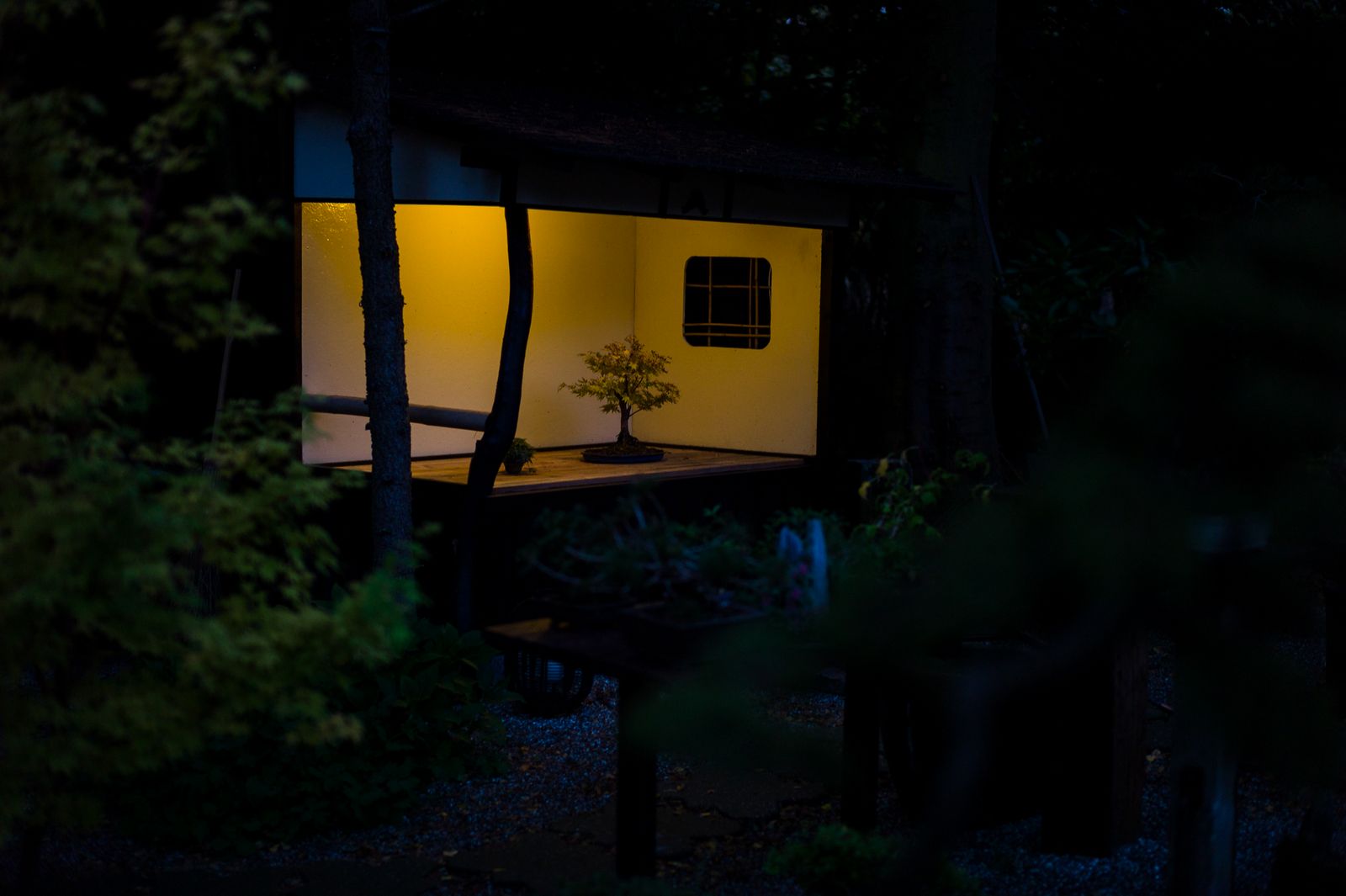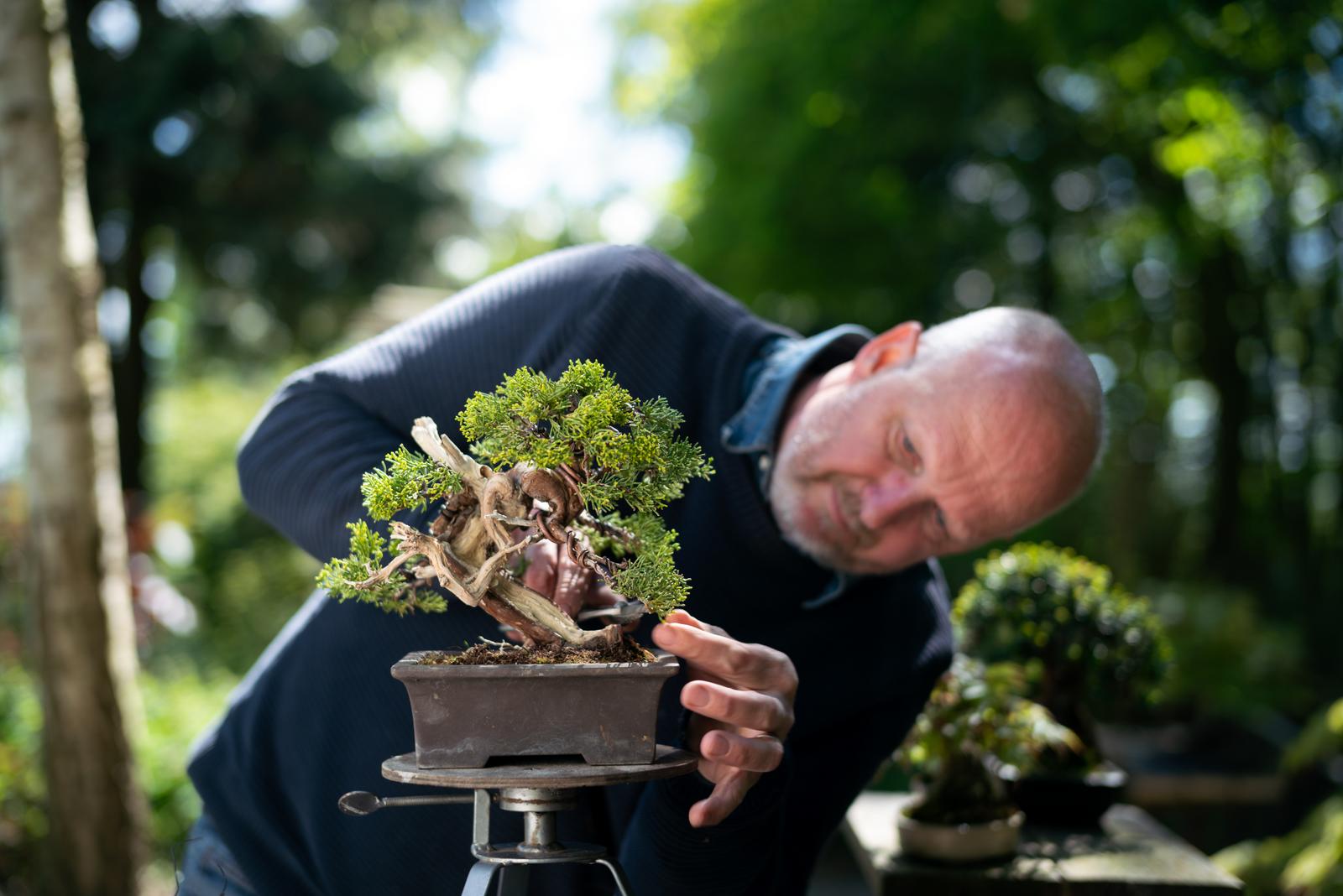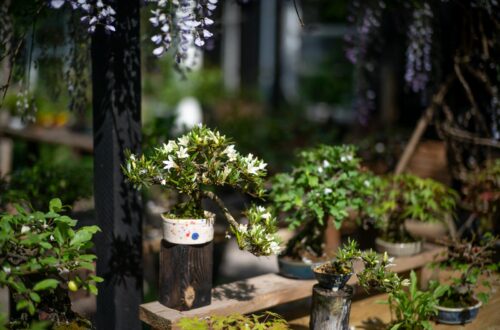Top 5 bonsai – Cotoneaster
In some of the next posts i will show my personal top 5 hit list of bonsai subjects. It will be in random order, because I can’t choose one for another.

The first choice is the Cotoneaster. Among its many advantages is the small leaves, flowers and autumn berries. Most are deciduous but specimens that keeps foliage through the winter are also available. It comes with different size of leaves in the more than 50 varieties, and with variation in colours among flowers and berries. It it’s found all over Europe down to western China. For some reason I have not found many as bonsai in Japan, although I find it one of the best varieties for bonsai. Especially for Shohin.

The cotoneaster show great tolerance towards hard pruning, and reacts by a flush of new growth after hard pruning if the specimen is healthy. Also new growth emerges from the roots and even at the old base of the trunk. A few negative remarks to come up with, is that it is a little difficult to find specimens with a decent trunk size. The Cotoneaster is a low growing shrub that thrives best in a very well draining soil. They tolerate moderate desiccation, and the only pest I have noticed is a few Scale insects. One last remark on the negative list, is the missing ability to make callus and healing wounds after cutting bigger branches. The cut will be visible forever, as on junipers, after pruning large branches, and therefore you have to pay attention to where the cut is made in order to hide it on the backside or hidden by branches. Another way is to hollow out bigger scars, so it looks natural.

It is the perfect subject for Shohin and Mame bonsai, due to the qualities mentioned. It will be useful all year around, and not only have a few months where it is at its best. A few specimens can be used as medium sized bonsai if you have the luck to dig up a piece with a large trunk. That is often a specimen where more trunks have fused together over time as shown in the Cotoneaster below, that still is in the very early training stages.





No Comments
africanbirding
Reblogged this on Wolf's Birding and Bonsai Blog.